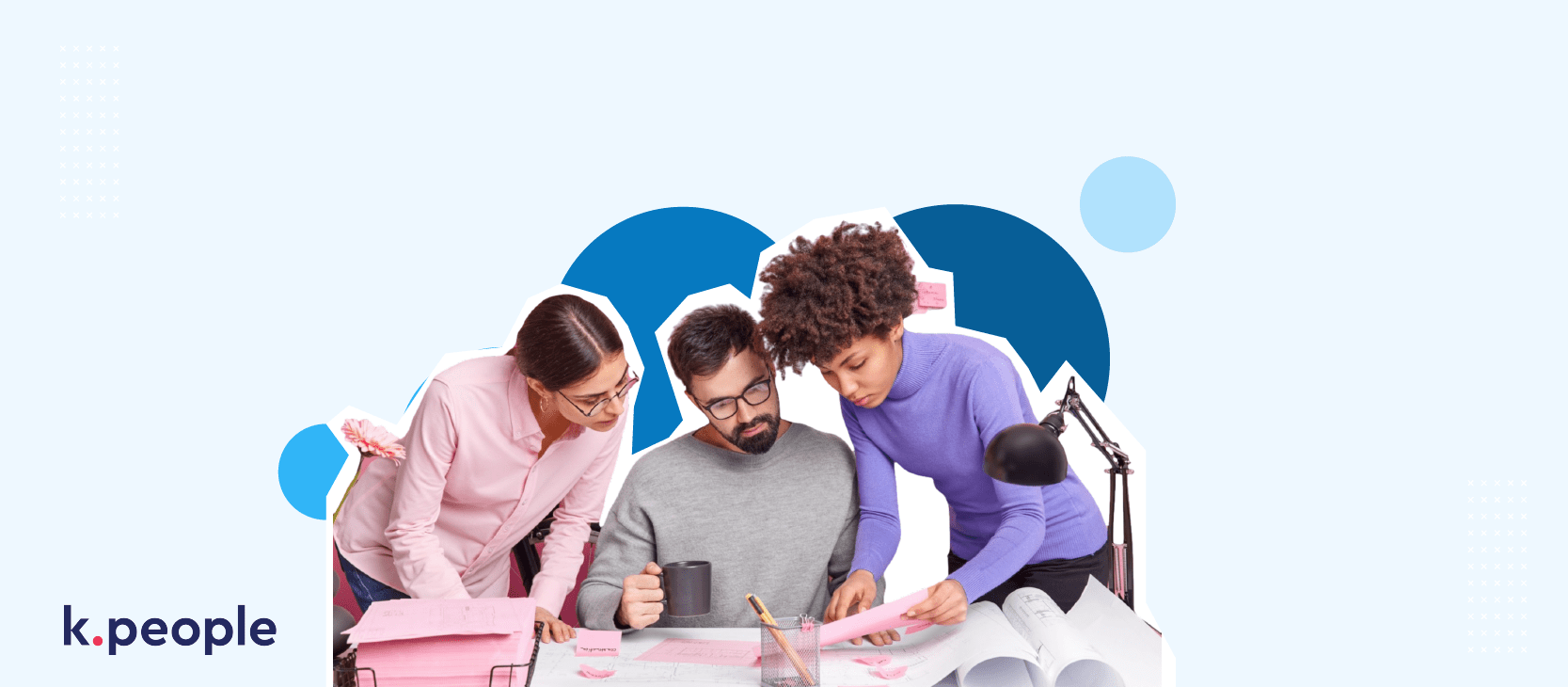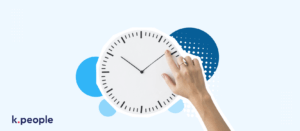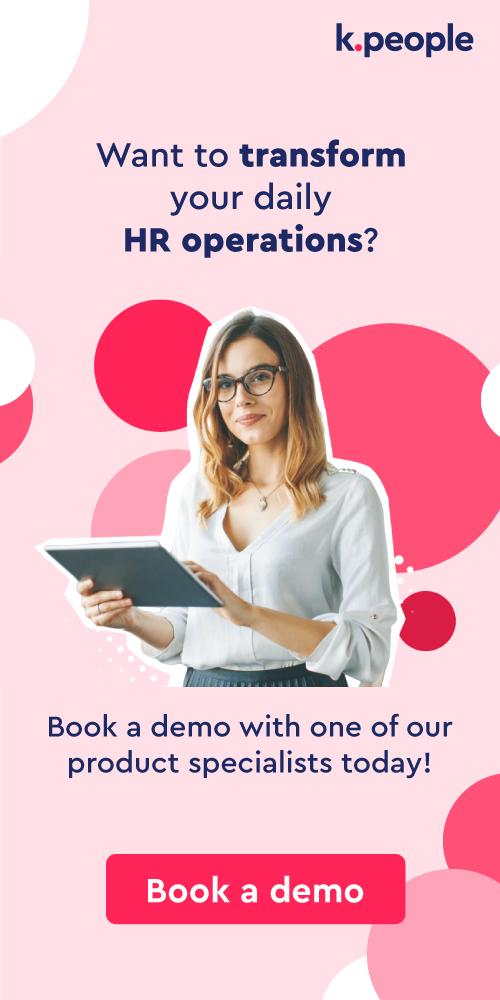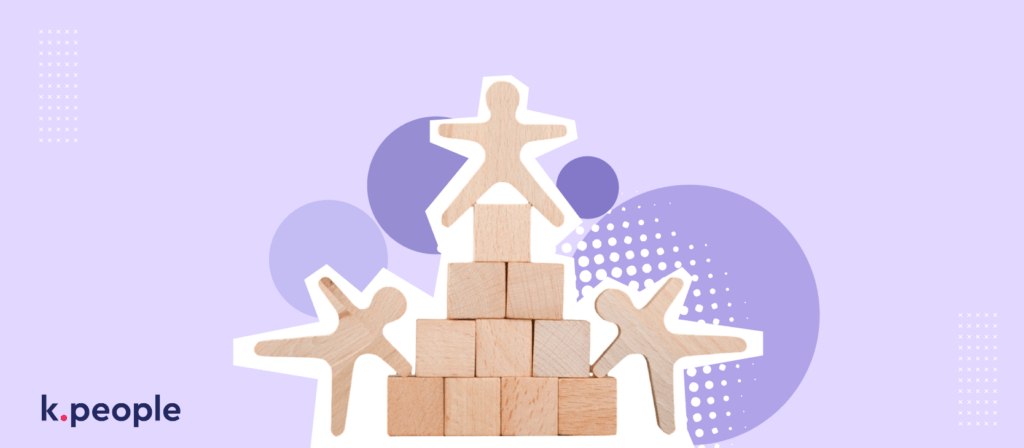Making better HR decisions based on data has never been easier. With just one tool, the HRMS (Human Resources Management System), every organization can improve their workforce planning strategies. HRMS helps companies automate procedures, have better control, and analyze HR data.
What is workforce planning and why it’s important for any company
Workforce planning (also known as “labor planning”) is a fundamental process that can be tailored to any size of organization and ensures that the right people execute the business strategy to meet its goals and objectives.
What is the right process for workforce planning?
- Evaluate your organization, your people and the environment. It’s important to begin by identifying any skills gaps that the employees might have and understand if there are any areas of improvement with upskilling or reskilling.
- Plan your new-hire needs. Depending on the organization’s strategic goals and objectives, forecasting is required. Recognizing what your current and future needs are and will be in terms of skills, roles, and responsibilities is a vital step in the process.
- Develop your plan. If you are done with determining your workforce skills gaps, hiring needs, and training and development initiatives according to data, it’s time to create your workforce strategy.
- Implement your workforce strategy. The next step is to take action. Start the hiring process, create opportunities for development and growth, and establish flexible work schedules.
- Monitor results. Your workforce strategy should be aligned with the needs of your organization and your employees. Post-implementation, your workforce planning processes may need re-adjustment. How can you achieve it? With regular employee surveys, conducted by your HR.
How HRMS can affect workforce planning
HRMS can improve four key areas in workforce planning. These are talent acquisition, talent management, workforce optimization, and strategic planning.
- Talent Acquisition: HRMS gives businesses access to a centralized database of candidate data and enables HR specialists to automate the hiring process, via uploading job posts, receiving and tracking applications, doing background checks, and checking references. Find the finest talent more quickly and effectively by simplifying the entire hiring process!

- Talent Management: HRMS offers a comprehensive platform for managing employee data, from the hiring moment to the termination of the collaboration with the company. The platform can keep track of employee data such as job descriptions, compensation data, performance reviews, and training logs and automate performance management procedures, enabling managers to give frequent feedback to their employees and establish performance objectives without much effort.
Explore the world of k.people, the brand-new HRMS software solution especially designed by HR professionals for small- to medium-sized companies, and enroll in the 60-day free trial today, with easy set-up and without a credit card.

- Workforce Optimization: HRMS can help companies in optimizing their workforce by providing real-time information on employee availability, skills, and job needs. By exploiting these data, managers can spot skill gaps and identify which employees are most suitable for each position. As a result, companies can increase their overall productivity and optimize their workforce by putting the right people in the right position.
- Strategic Planning: Companies can use HRMS to get any information they need to manage their workforce. This information may contain data about attendance, employee turnover rates, and the results of employee training and development initiatives. Therefore, companies are able to see patterns and identify trends in order to make data-driven decisions.
If you are seeking to enhance your company’s HR processes, you should consider an HRMS solution. HRMS will help you meet your workforce needs by automating HR processes, managing employee data, and delivering data for strategic planning.










